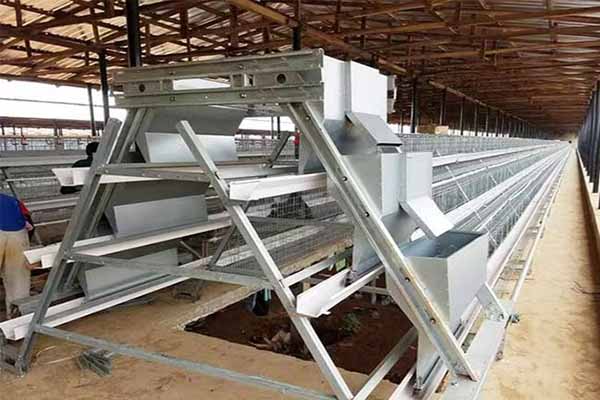How Does Poultry Cage Automation Work?
Introduction to Poultry Cage Automation
Poultry cage automation has revolutionized the poultry farming industry, offering improved efficiency and animal welfare. Understanding how poultry cage automation works is crucial for any chicken farm owner or investor looking to modernize their operations.
Key Components of Poultry Cage Automation
Poultry cage automation is a sophisticated system that encompasses several key components:
- Feeders and Drinkers: Automated feeders and drinkers provide consistent and precise amounts of food and water to the chickens, ensuring they are nourished and hydrated.
- Environmental Control: The system can automatically regulate temperature, humidity, and CO2 levels within the chicken house to create optimal living conditions.
- Lighting System: Automated lighting controls are used to mimic natural daylight, promoting better growth rates and egg production.
- Monitoring and Sensors: Advanced sensors track various parameters such as temperature, weight, and health status of the chickens.
- Control Systems: These systems allow for centralized control and management of all the automated functions within the poultry house.
How It Works
The automation process typically involves the following steps:
- Input Data: The system gathers data from various sensors installed throughout the chicken house.
- Processing Data: This data is then processed by the control system to make decisions and adjustments as needed.
- Action: The control system sends commands to the various automated components to perform specific tasks, such as adjusting the feeders, drinkers, or lighting.
- Feedback: Continuous monitoring ensures that the system is operating optimally and provides real-time feedback for further adjustments if necessary.
Benefits of Poultry Cage Automation
– Improved Productivity: Automated systems can increase egg production and reduce mortality rates by providing chickens with the optimal environment and care.
– Cost Efficiency: While the initial investment can be significant, automation can lead to long-term cost savings through improved efficiency and reduced labor needs.
– Enhanced Animal Welfare: Automation helps create a more comfortable and hygienic living environment for chickens, leading to better overall health and welfare.
Conclusion
Understanding how poultry cage automation works is essential for anyone invested in the poultry farming industry. By incorporating these automated systems, chicken farms can achieve higher yields, improved animal welfare, and increased profitability.
Contact us today for a free, customized chicken farm design and equipment quotation from Livi Mechanical. Let our experts guide you through the automation process to ensure your farm thrives.





